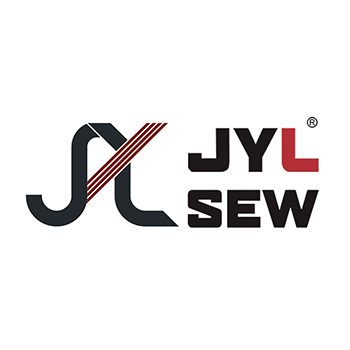The Cylinder Jeans Sewing Machine is specifically designed to handle the complexities of stitching heavy fabrics such as denim, canvas, and other thick materials that are typically used in making jeans and other durable garments. While regular sewing machines can be used for a variety of everyday tasks, the Cylinder Jeans Sewing Machine stands out due to its specialized features, structure, and performance. Here’s how the Cylinder Jeans Sewing Machine differs from regular sewing machines:1. Specialized Design for Heavy FabricsThe most significant difference between a Cylinder Jeans Sewing Machine and a regular sewing machine is its design, tailored specifically for thick, heavy-duty fabrics. Regular sewing machines, though versatile, are often built with lighter materials in mind, making them less effective when handling multiple layers of dense fabrics like denim. The Cylinder Jeans Sewing Machine, on the other hand, features a more robust, industrial-grade construction designed to stitch through tough materials without skipping stitches or causing unnecessary strain on the machine.2. Stronger Needle and Thread CapabilityThe Cylinder Jeans Sewing Machine uses specialized needles and thicker threads to handle the rugged demands of heavy fabrics. Regular sewing machines typically use finer needles and threads suited for lighter materials like cotton or polyester. For denim and similar materials, the Cylinder Jeans Sewing Machine uses larger, stronger needles (such as jeans ne
- Home
- About us
- Product
- Hat Sewing Machine
- Industrial Flat Sewing Machine
- Eyelet Sewing Machines
- Eyelet Punching Machine
- Hat Stitching Machine
- Curved Edge Sewing Machine
- Hat Brim Sewing Machine
- Automatic Sewing Machine
- Automatic Velcro Sewing Machine
- Semi-automatic Sewing Machine
- Adjustable Buckle Fixing Machine
- Elastic Cutting Sewing Machine
- Velcro Welding Machine
- Hot Air Seam Sealing Machine
- Ultrasonic Sewing Machine
- Ultrasonic Holes Punching Machine
- Button Wrapping Machines
- Double Needle Flat Sewing Machine
- Shoes Sewing Machine
- Electronic Bartack Machine
- Double Needle Sewing Machine
- Punching Sewing Machine
- Computer Pattern Sewing Machine
- Shoe Ribbon Sewing Machine(Thread)
- Herringbone Rotary Sewing Machine
- Heringbone Rotary Sewing Machine(Thread)
- Cyclic Displacement Pattern Sewing Machine
- Heelpieces Automatic Sewing Machine
- Jeans Sewing Machine
- Garments Sewing Machine
- Special Industrial Machine
- Hat Sewing Machine
- Case
- News
- Contact us



